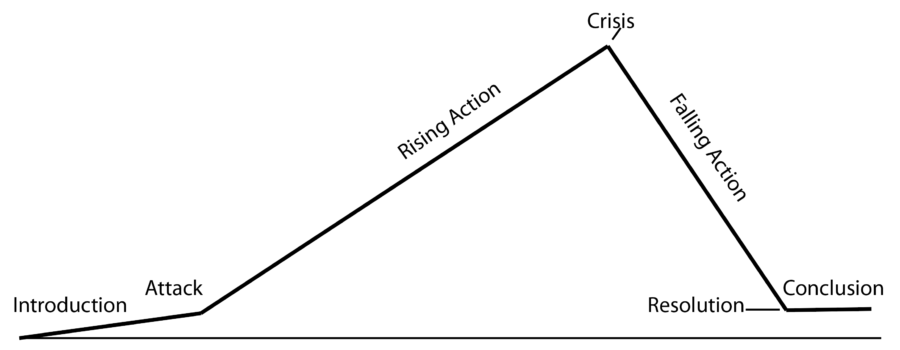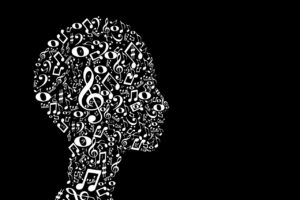The rising action of a story depicts the events leading up to the climax of the story. It sets up the characters and their backstories. This is important because it, like the setting, sets up the background and possibly explains certain actions taken within the story. But how does our brain react and perceive the construction of the story?
Our brains are intricate organs with complex neural pathways and connections. Most rising actions in stories use the technique of suspense to build up anticipation in the reader. This suspense buildup is uncomfortable, but readers enjoy this feeling due to the association with the climax of the story. The suspense makes the brain facilitate the release of massive amounts of adrenaline throughout your body. This feeling is what keeps readers “on their toes” and engaged with the book that they’re reading. The rising action makes use of suspense to slowly build up the story and shape all the various subplots. Different stories do this to varying degrees.
While it’s great to keep readers on the edge of their seat, it could backfire if the plot is to complex. In this case, their brain, rather than focusing on the suspense, is overwhelmed by the complexity. This is the main reason many stories that are targeted for young audiences don’t utilize suspense as much as novels for an older age group. Novels for adults tend to have more complex plots and suspense, which correlates with an increased adrenaline rush. Without the suspense, the plot loses direction and often makes no sense.
In conclusion, rising action plays a key aspect in the release of adrenaline in readers, as they can empathize with the main characters, which, in turn, allows for a greater experience in the overall story.
Source: The Psychology of Suspense: https://crimereads.com/the-psychology-of-suspense/







Most Commented Posts